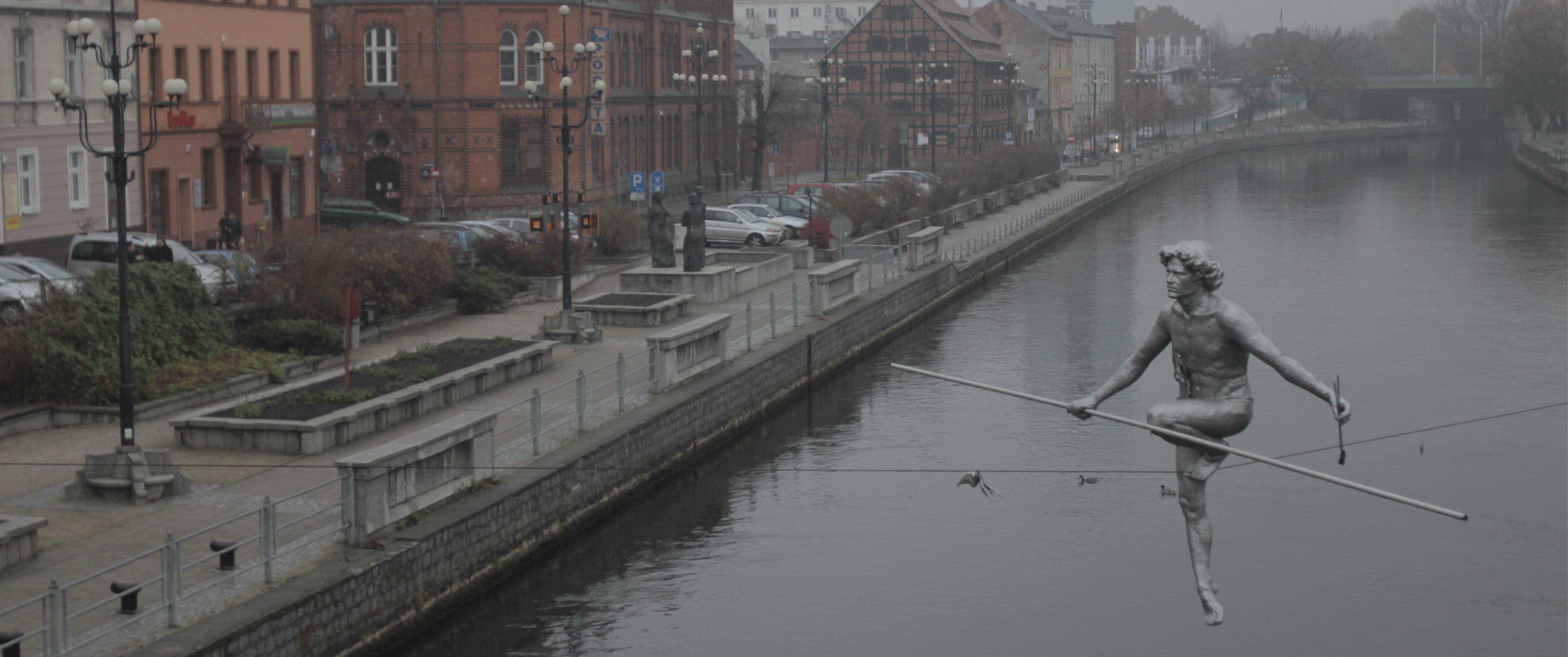
Camerimage: Cinema in the Snow
As the Camerimage International Film Festival turns 25, past attendees reflect on this unique celebration of cinematography.
As the Camerimage International Film Festival turns 25, past attendees reflect on this unique celebration of cinematography.
Photos courtesy of Camerimage and the AC archives
When AC reached out to attendees, honorees and organizers of the Camerimage International Film Festival for our oral history of the event — a story that appears in the November issue and that can be read online here — the response was overwhelming. We received far more quotes and anecdotes than we could possibly hope to squeeze into print. And so, to further celebrate the storied festival — the 25th installment of which kicks off on Nov. 11 in Bydgoszcz, Poland — we here present these further tales from the chilly climes of cinematography’s promised land.
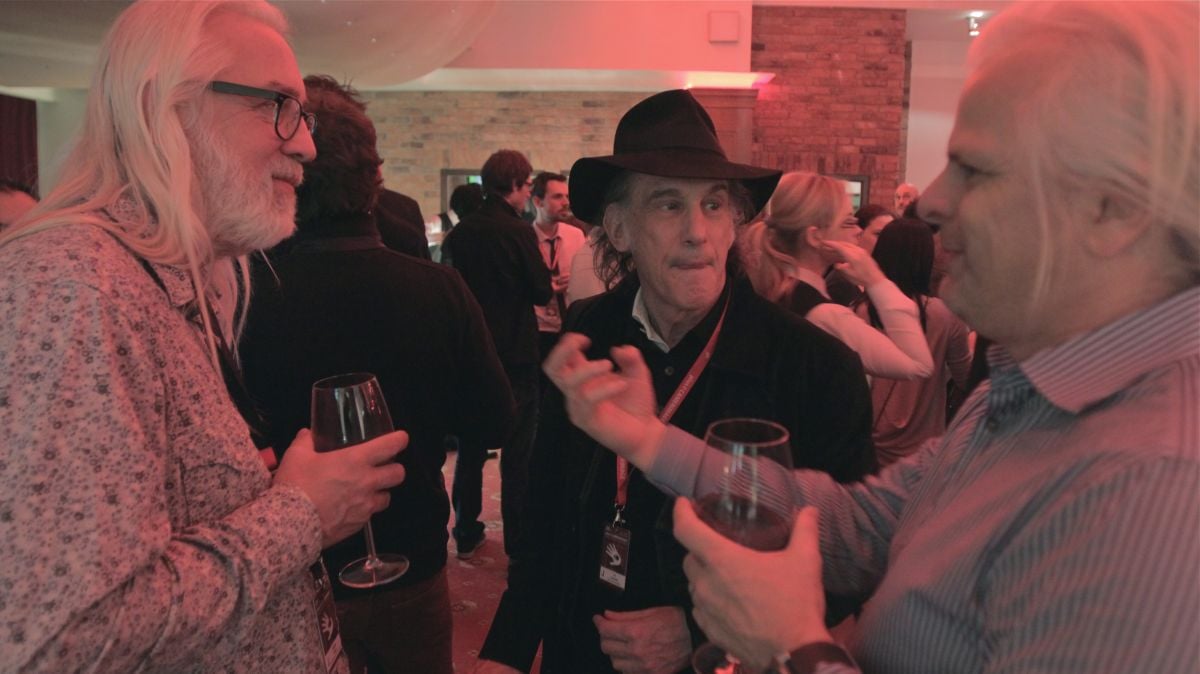
Albert Hughes (director): Going to Poland is almost like when people describe New York to you — or you’ve seen New York in a movie, and then you go there for the first time. You think, ‘There’s no way the city looks that way,’ or ‘There’s no way that’s how it really is,’ but then you go there and you say, ‘Oh my god, it’s even better than they say it is!’
The one thing that amazes me about Camerimage is how much it’s influenced my own work. Watching all of those films has really impacted my style of filmmaking. I find myself thinking, ‘Man, I never would have done a shot like that before I went to the festival.’ I also met the cinematographer on my latest movie, Alpha, at Camerimage — Martin Gschlacht, who’s Austrian. The movie is very influenced by the European style of cinema I’ve seen at the festival.
One of my most vivid memories was of the massive winter storm that hit in 2010. I had never experienced cold like that. When I got to town, I said to myself, ‘I’m not going to make the same mistake I made last year; this time I’m gonna buy a bunch of tram tickets right off the bat.’ I didn’t really know the currency-exchange rate, though, so I ended up paying something like a hundred dollars for 10 dollars’ worth of tram tickets! So I’m holding them in my hand one day on the tram to the Opera Nova, and I see these teenage kids looking at me and laughing. I’m getting all paranoid and wondering, ‘Why are they laughing?’ And when they were about to get off at the next stop, one of them says to me, ‘Hey, it’s a state of emergency because of the winter storm, so the tram is free all week!’ I’m like ‘F---.’ I’d already overpaid for those tram tickets anyway!
So I went in to see my movie, and after it was over I was outside waiting for the tram again, and it was so cold that the snot falling out of my nose literally froze! I ended up going to the mall and buying a bunch of thermals. It was the first time I learned how to really dress warm.
But I have to say, it was a beautiful scene there in Bydgoszcz, with all the cinematographers outside taking photos of the snow.
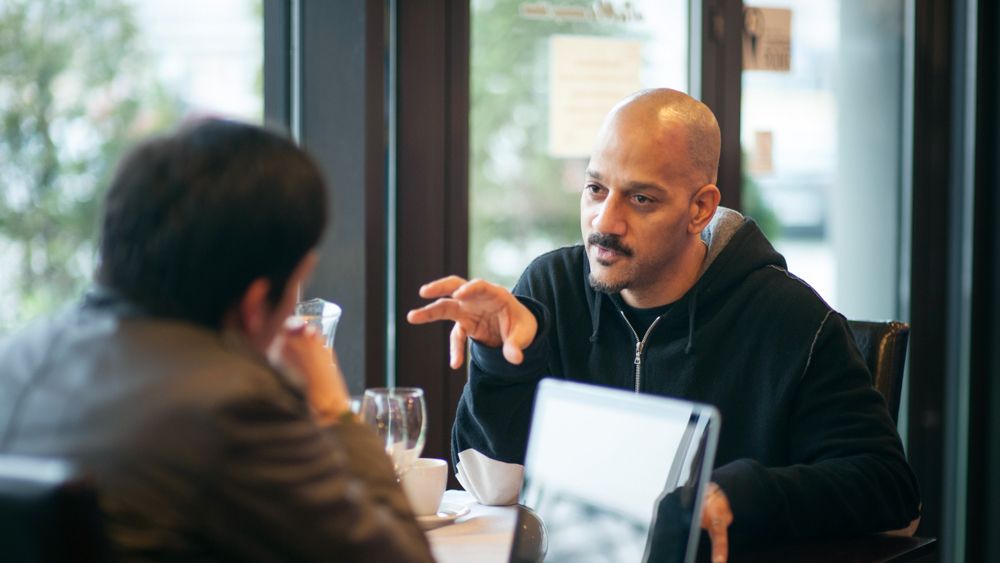
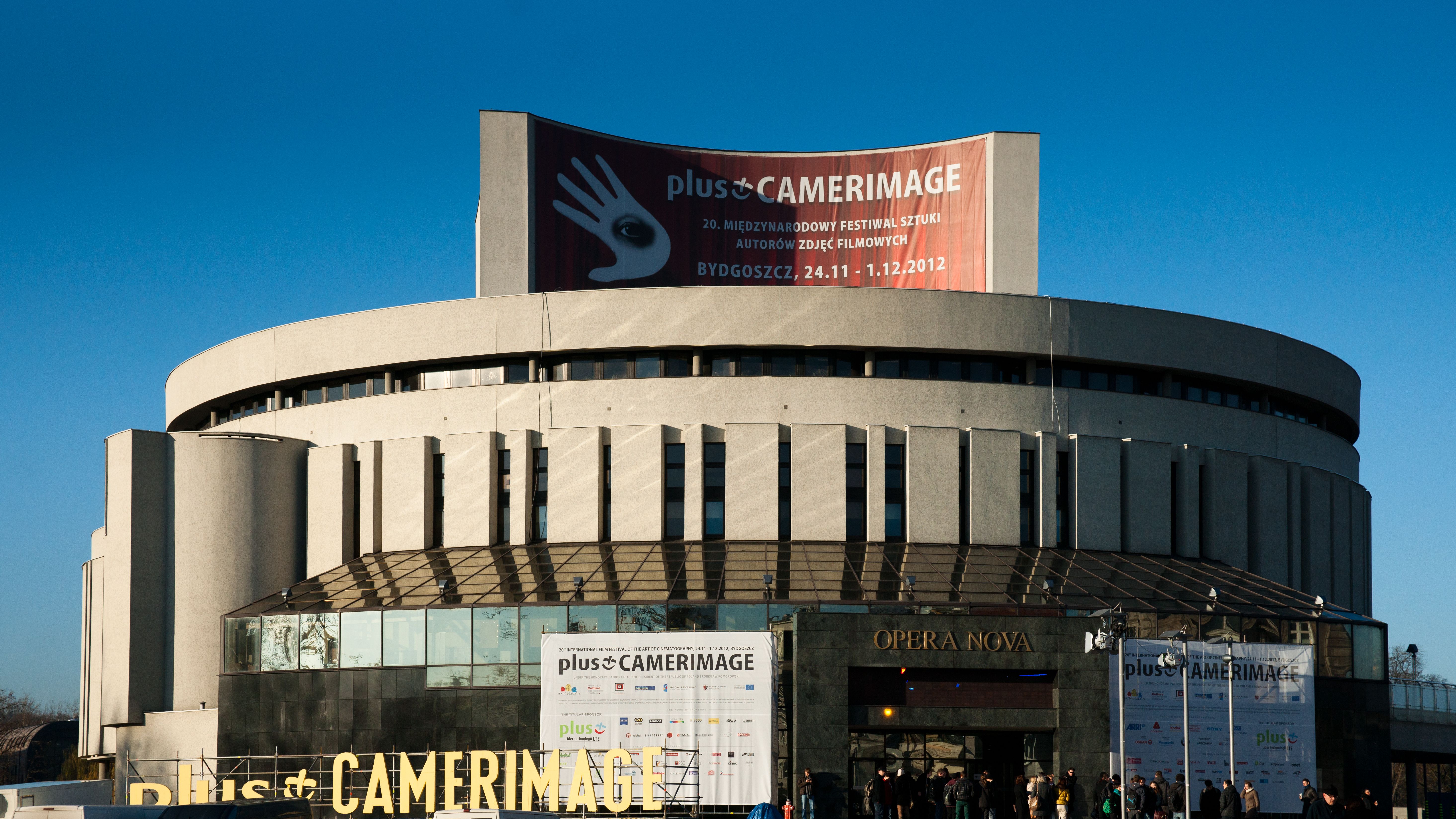
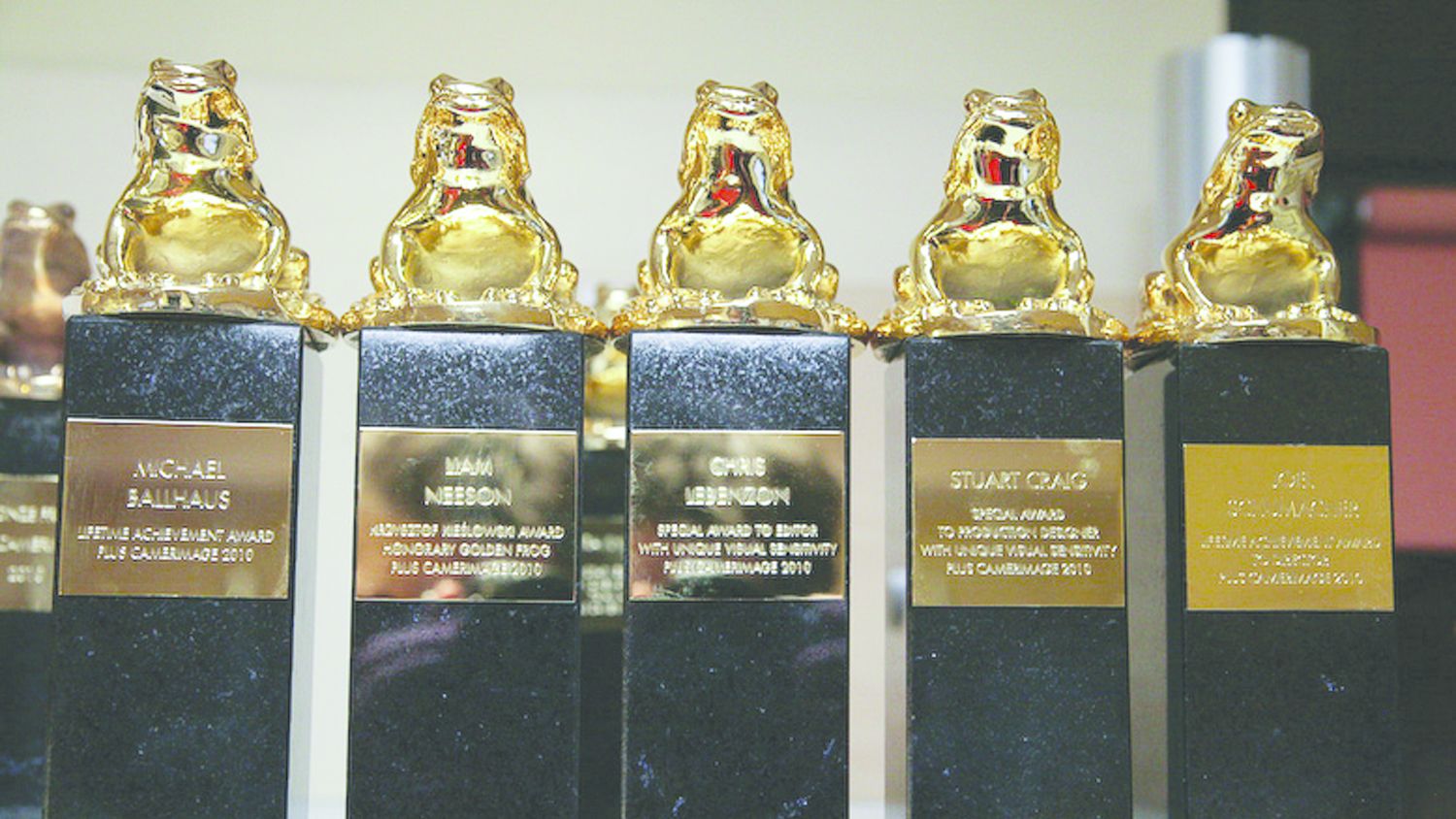
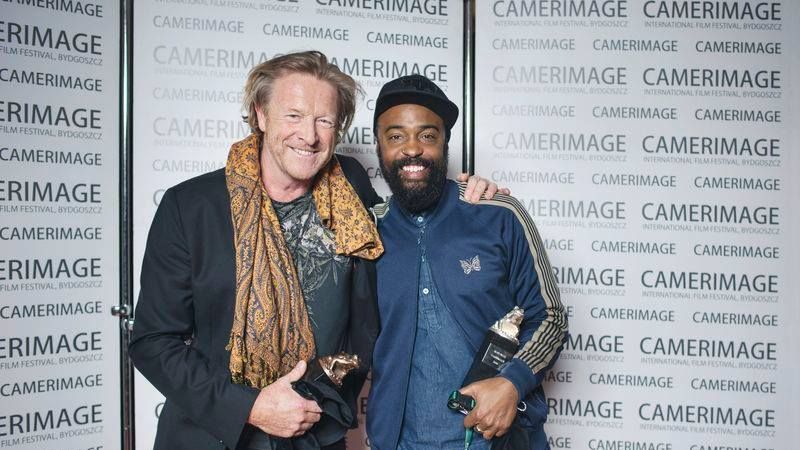
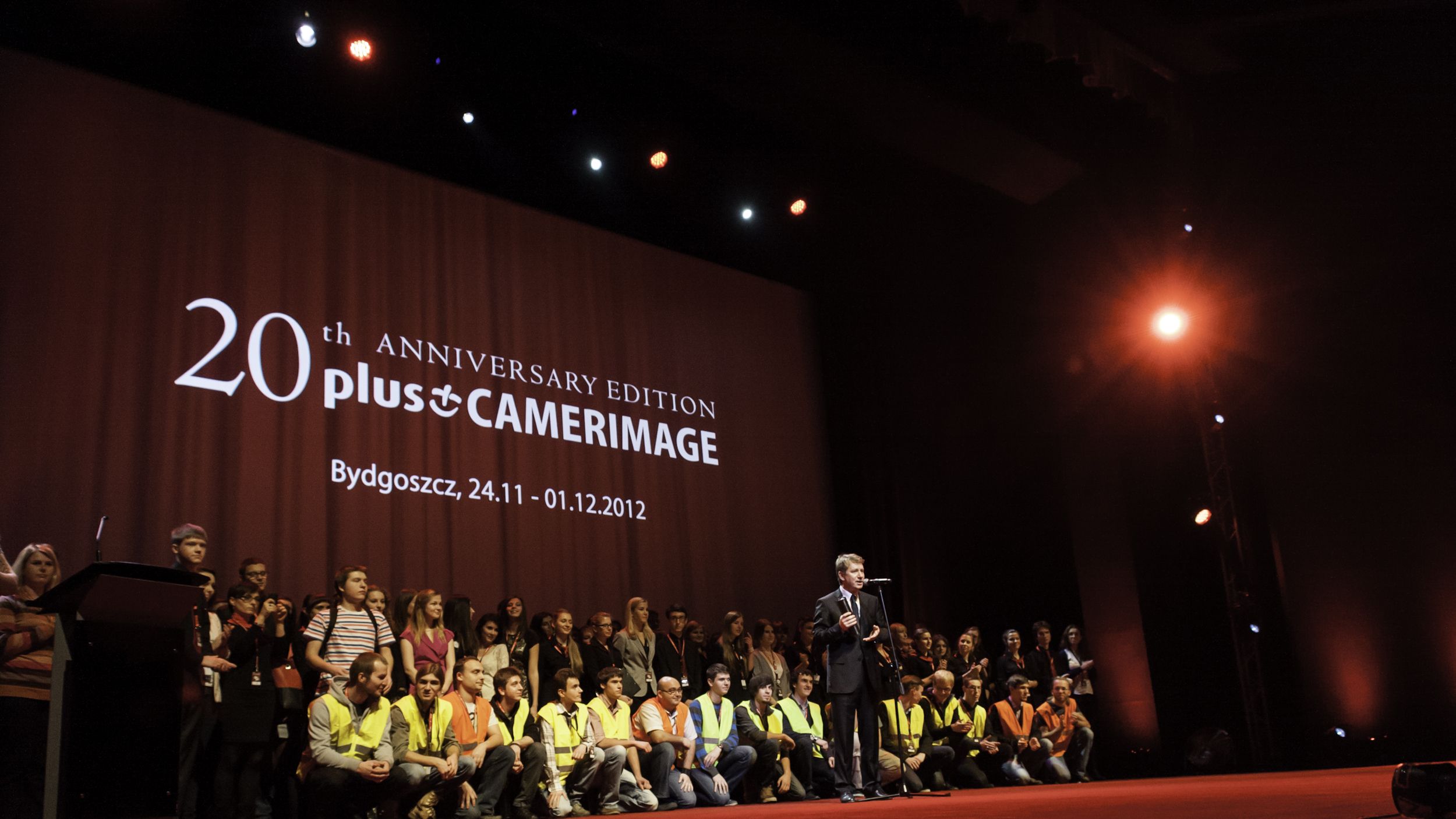
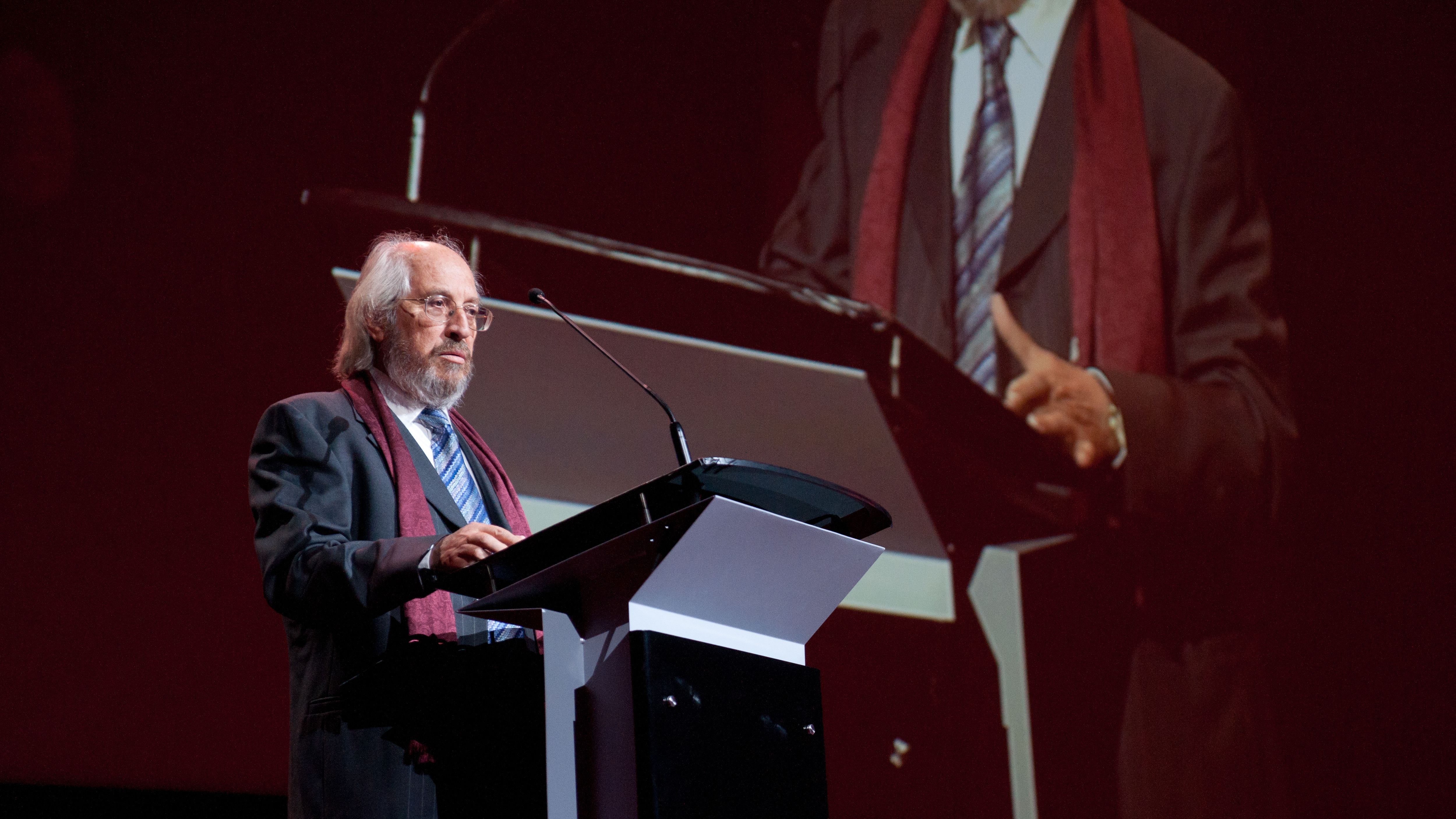
Agents and Publicists
Louiza Vick: I first attended in 2012, and I’ve been back every year since. It is an amazing film festival dedicated to the art of cinematography. The camaraderie between cinematographers is immediately apparent, and is incredibly inspirational to see. And I always love going back to Bydgoszcz; it’s a wonderful, quaint town filled with lovely people.
It’s important for the art of cinematography to be celebrated. Cinematographers don't often get the recognition they deserve. I hope that Camerimage will inspire other festivals to give more attention to cinematographers and other below-the-line talent.
Ann Murphy: The first Camerimage I attended was only two years ago, in 2015. I came in the afternoon. I was pretty jet-lagged, and my first experience was to attend that evening’s party. Let’s just say I experience my first night of Camerimage with Chris Doyle [HKSC]. His excitement was contagious. His love for the craft and his love for other cinematographers is indescribable. Late the next morning, I woke up and thought I would grab something quick to eat; I was pretty sure it would be a ghost town as everyone would still be sleeping, but I was very wrong — people were walking back from screenings, panels, etc. They had so much energy.
I loved watching all the cinematographers support. I loved watching young cinematographers meet their idols for the first time and interact with them. I loved attending panels, and listening to cinematographers analyze their work and tell their stories. I also loved watching so many students and cinematographers just inhale the experience and knowledge.
I think it is important to pay tribute to cinematographers for all they have done for cinema. I also think it is great for cinematographers to be able to celebrate amongst each other, and form friendships and talk about the craft they all love so much. Camerimage is spring break for cinematographers!
Paul Hook: I went once many years ago with my client Janusz Kaminski when the festival was in Lodz. They treated us like royalty, since Janusz is a famous Polish national. It’s still the case today that it’s a big party, with lots of late nights. The Polish people love to party!
Kristen Tolle-Billings: My first Camerimage was in 2013, and I’ve been to the festival three times so far. I’d heard it was very cold but that the vodka warmed you up. I remember getting there and walking past the exhibits to get to the bar at Opera Nova, and falling in love with how approachable and down-to-earth it all seemed. I adore the town of Bydgoszcz — it’s beautiful, with gorgeous architecture and history. I love the venues that host different panels and screenings. I have my favorite restaurants that I go to each year. The city continues to grow and modernize, but it hasn’t lost its initial charm.
Camerimage is important because it is one of the very few festivals that focus on cinematographers and the art of cinematography, and it is constantly changing and evolving to reflect trends — the global marketplace and landscape. They put a lot of time and effort into developing a program each year that attracts and inspires artists from all over the world. Most importantly, it fosters a sense of camaraderie amongst peers in an otherwise competitive profession. It’s like a camp on cinematography, with cinematographers.
Jonathan Silverman: Kees van Oostrum mentioned that I had to go to this festival, Camerimage, and that I was wasting my time at other festivals. So, in 2006, I went for a few days. My first impression was that it was impossible to get there. I landed at the tiny airport, and after a long car ride I got to Lodz. I loved how small, how fun and how warm the festival was. You really hung out with everyone. And I realized: Half of the A-list cinematographers on the planet are here for the week.
At first I missed Lodz, but Bydgoszcz has grown on me. Bydgoszcz is very quaint. Once I started to explore it, I began to love it in different ways and for different reasons than Lodz. Festivals morph and they grow, and I’ve realized that if the festival was on Oahu, I would love it — it would be weird, but I would still love it. I’m there for the festival itself; the city is just icing on the cake.
This will be my 12th consecutive year at the festival. If you want to see big movie stars from a distance, wait in line forever, and deal with a lot of b.s., there are many other festivals for you. But if you are into cinematographers and their collaborators, then Camerimage is the festival for you.
I have to admit, though, the year Bill Murray was there, just hanging out like one of the gang, with no entourage whatsoever, I was like, ‘Wow, Bill Murray.’ I never get star struck, but that guy is the epitome of cool.
Meredith Emmanuel: I was sent there to take care of a high-profile client who had a film in competition. I’d heard very little before I went — only that it was a festival for cinematography, and that it was ‘very Polish.’ My first impressions were bewilderment, exhaustion — ‘What do you mean we have a four-hour drive to get to the festival, in the middle of a snowstorm, in the dead of night?’ But the next morning I woke up in a stunning hotel in a picturesque town with an unpronounceable name. After my first three days and night of consuming film after wonderful film in the lovely Opera Nova and spending breakfast, lunch, dinner and after-parties with the world's most interesting visual minds, I resolved, ‘Who needs sleep? There are so many extraordinary films to be consumed and conversations to be had, I'll take a nap next month!’
The festival arranged my taxi back to Gdansk airport. I climbed into the back seat at 4:30 a.m. with my last shots of vodka beginning to turn to hangover, to find there was already a passenger asleep in there. After accidentally jostling him awake, I discovered my companion for the journey was Vilmos Zsigmond [ASC, HSC]. We talked for hours, and occasionally snoozed. For many years after that memorable trip, he and I would always delight in telling people ‘we've slept together’ when we saw each other at functions.
[Camerimage co-founder and honorary ASC member] Marek Zydowicz and [Camerimage managing director] Kazik Suwala are extraordinary in their devotion to building the world's most superb film festival to celebrate cinematography. I would also like to draw attention to the other Marek, [festival executive] Marek Zebrowski, without whom I believe the festival would not feel as warm and gracious as it is. Each year, Marek wrangles the festival’s juries of eminent cinematographers into order. This is no easy task, despite the fact each is assigned his or her own personal guide-translator. Without his humor and dapper charm, I suspect each competition might go astray. He also somehow manages to write each year's sublimely researched and elegantly printed ‘black book,’ which celebrates the career of one of our greatest cinematographers.
Camerimage is purely dedicated to the art of cinematography. It's where those of us who work in the field discover new talent, new trends, fall in love with new films, tell war stories and get to ‘talk shop’ and make new memories for seven days straight. The festival's programmers know cinematic talent. Their choices reflect the diversity and variety of the world's best photography. It is a mandatory experience if you work in the world of cinematography. If you haven't been to Camerimage, you're not a real player.
By the way, I can't find a vacant hotel room anywhere for this year's festival. Anyone got a couch I can crash on?
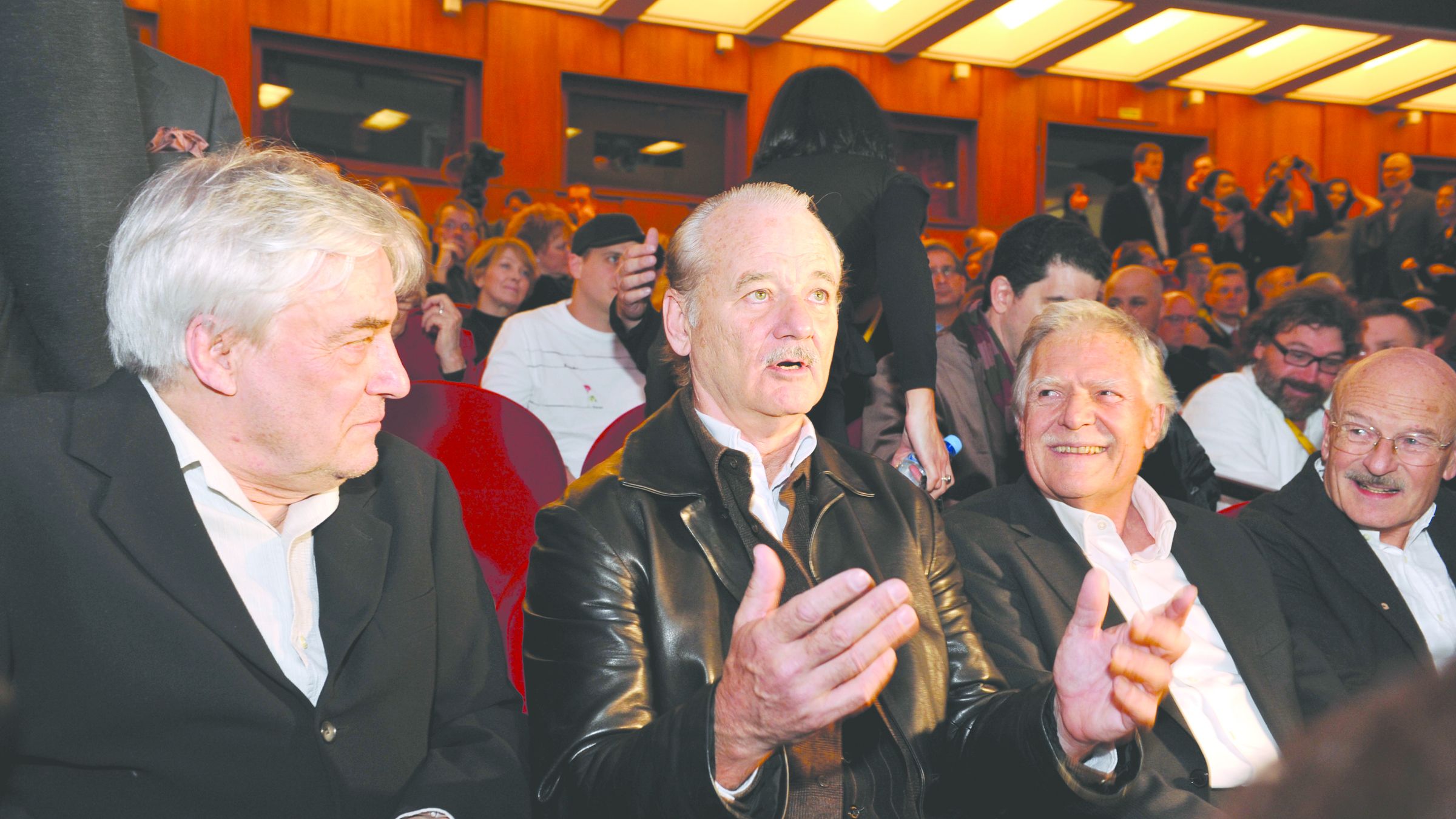
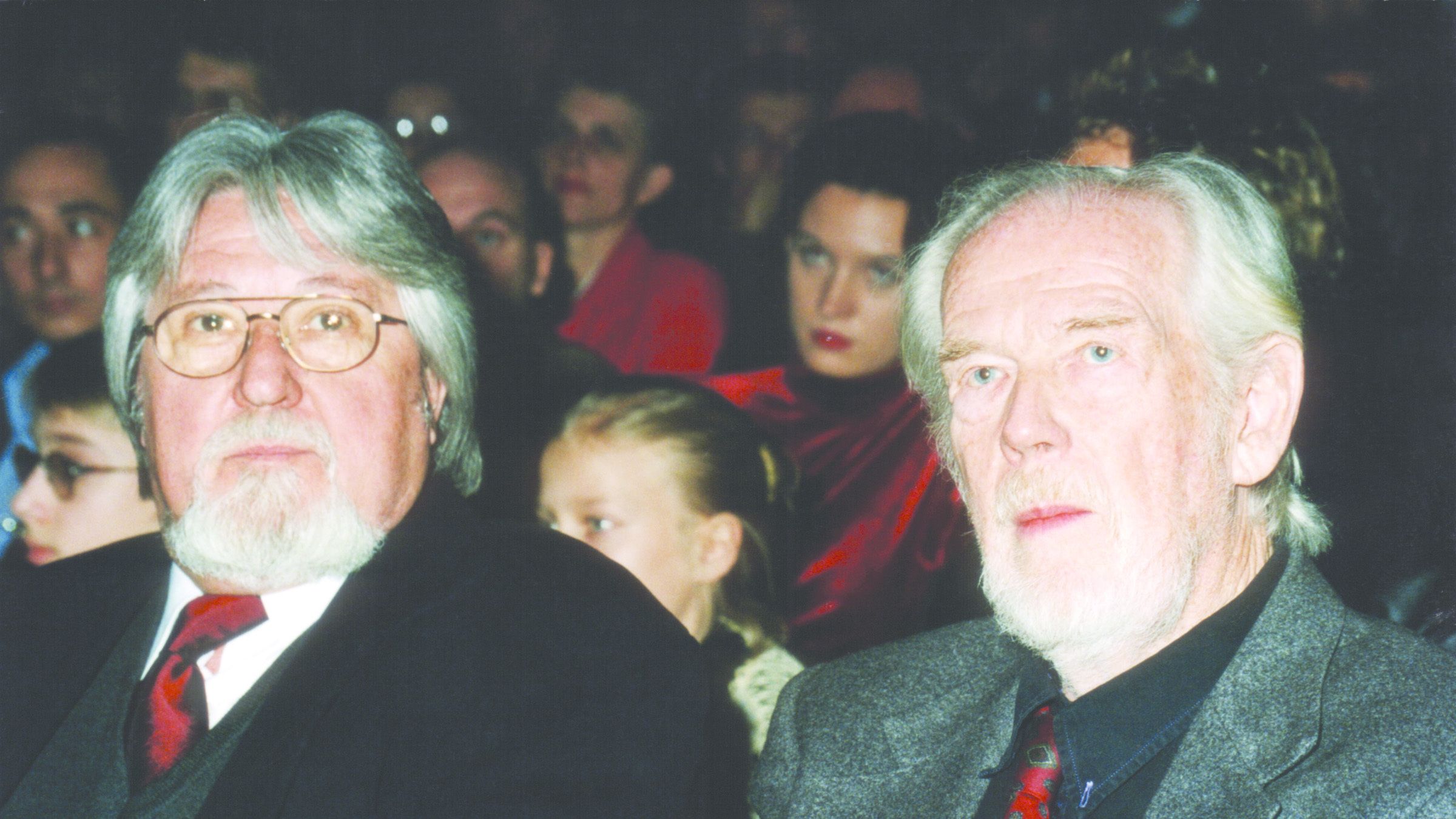
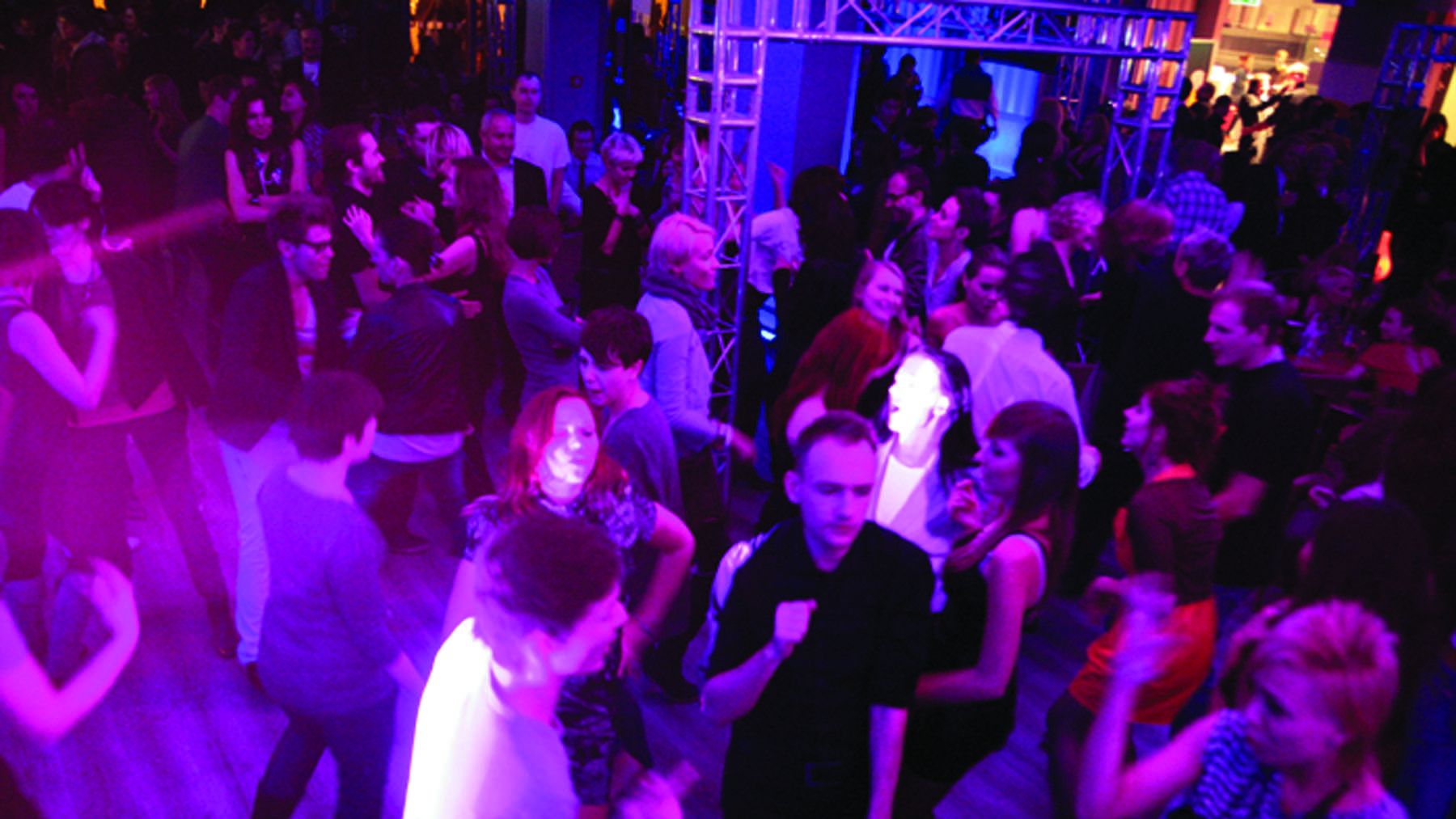
Stephen Pizzello (AC editor-in-chief and publisher): I remember the Great Winter Storm of 2010, which was unquestionably the coldest weather I’ve ever experienced. It was my first year at Camerimage, and one night before an evening screening I took refuge in a really nice riverside restaurant called Karcma Młyńska with my festival guide, Emilia Rebas. After filling ourselves up with pierogi and mulled wine, we bundled up for the short walk back to the Opera Nova, which is just a few hundred yards from the restaurant. By the time we’d gone maybe 50 yards, we were turning into popsicles. I was wearing the kind of North Face winter coat you’d probably buy for a trip to Antarctica, and I was still freezing! That short walk felt like a 10-mile trek through Siberia, and by the time we reached the doors we were clinging to each other like Siamese twins, with our teeth chattering and our faces frozen into a Botox-like rictus. I found myself thinking about Shackleton and Sir Edmund Hillary.
Every year I’ve been to Camerimage I’ve seen at least one memorable film that I probably would never have discovered if I hadn’t been there. The festival has also been the launching pad for a pair of stunningly shot movies that later won the ASC Spotlight Award and a slew of other honors: Concrete Night, shot by Finland’s Peter Flinckenberg, FSC, and Ida, shot by Polish cinematographers Lukasz Zal and Ryszard Lenczewski. The festival is a great place to sample interesting films not only from Poland, but from all over the world.
One reason I love Camerimage is the welcome absence of the usual protocols that are common at other industry events. There are literally no social barriers based on celebrity. You can walk up to anyone, no matter how famous or renowned they are, and simply strike up a friendly conversation. Over the years I’ve had memorable encounters with a lot of prominent directors, including David Lynch, Philip Kaufman, Joel Schumacher and Albert Hughes; legendary film editors Thelma Schoonmaker and Walter Murch; and dozens of renowned European cinematographers I might never have met otherwise.
One of my best experiences was participating in a panel discussion with legendary Russian cinematographer Vadim Yusov, who shot several of Tarkovsky’s greatest films, including Ivan’s Childhood, Andrei Rublev and Solaris. It was an amazing honor to moderate a discussion with him, and after the panel we also had a long talk about movies — and some good laughs, as well. He passed away in 2013, just months after that year’s festival, and I felt extremely fortunate that I’d had the chance to meet him in person.
One Camerimage memory I’ll never forget is being asked to introduce a screening of Who’s Afraid of Virginia Woolf? shortly after its Oscar-winning cinematographer, larger-than-life ASC firebrand Haskell Wexler, had passed away. It was a last-minute request from festival organizer Kazik Suwala, who put the friendly arm on me after we ran into each other near the footbridge spanning the Brda River.
I’ve never been a big fan of public speaking, and I knew if I agreed to do it I would have to walk out onstage at the Opera Nova and stand in a spotlight in front of several hundred people. But I couldn’t say no to Kazik, who’s always treated everyone from the ASC like royalty when they arrive in Poland.
The screening was just a few hours later, so I hunkered down at the Karcma Młynska restaurant with a table full of friends, who helped steel my nerves with Mad Dog shots while I whipped out my iPhone and frantically composed what I hoped would be a respectful but entertaining introduction. I’d always been very friendly with Haskell, so I did my best to come up with an intro that was worthy of his almost mythical status and personality.
I thought he deserved a big flourish, so I’d also added a closing quote of Haskell’s that was very funny but slightly ribald. I knew Haskell himself would have appreciated the line, but I was worried that it might offend the audience. To test out the material, I showed the intro text to Kazik after arriving at the Opera Nova; he scrolled through it silently until he reached the off-color joke I was concerned about, and suddenly he let out this sharp laugh. Then he just handed the phone back and said, ‘Do it.’
The next thing I knew, I was backstage with the famous Camerimage presenters: the Cowboy and the Blonde. I told them I was a little nervous, and they kindly did their best to keep me loose with amusing stories about past festivals. Finally, we went out onstage, but I’d forgotten that every other sentence I uttered would have to be translated into Polish by the Cowboy — which meant that the introduction I’d timed to be two minutes kept us out there for at least 15! Fortunately, despite the awkward translation delays, the audience really seemed to enjoy the personalized introduction, and the line I was so worried about got a big, rolling laugh. The Blonde later told me it was the funniest introduction she’d ever been a part of. I was just gazing up toward the sky, hoping Haskell was amused by it all.
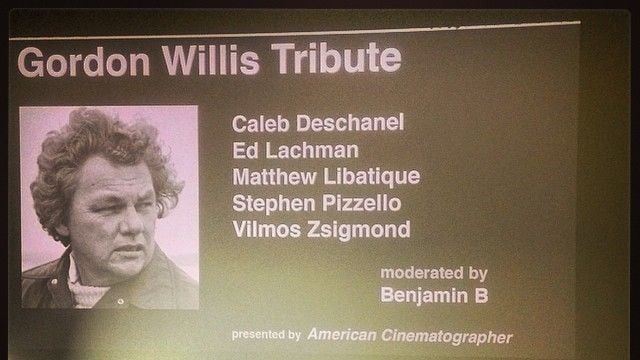
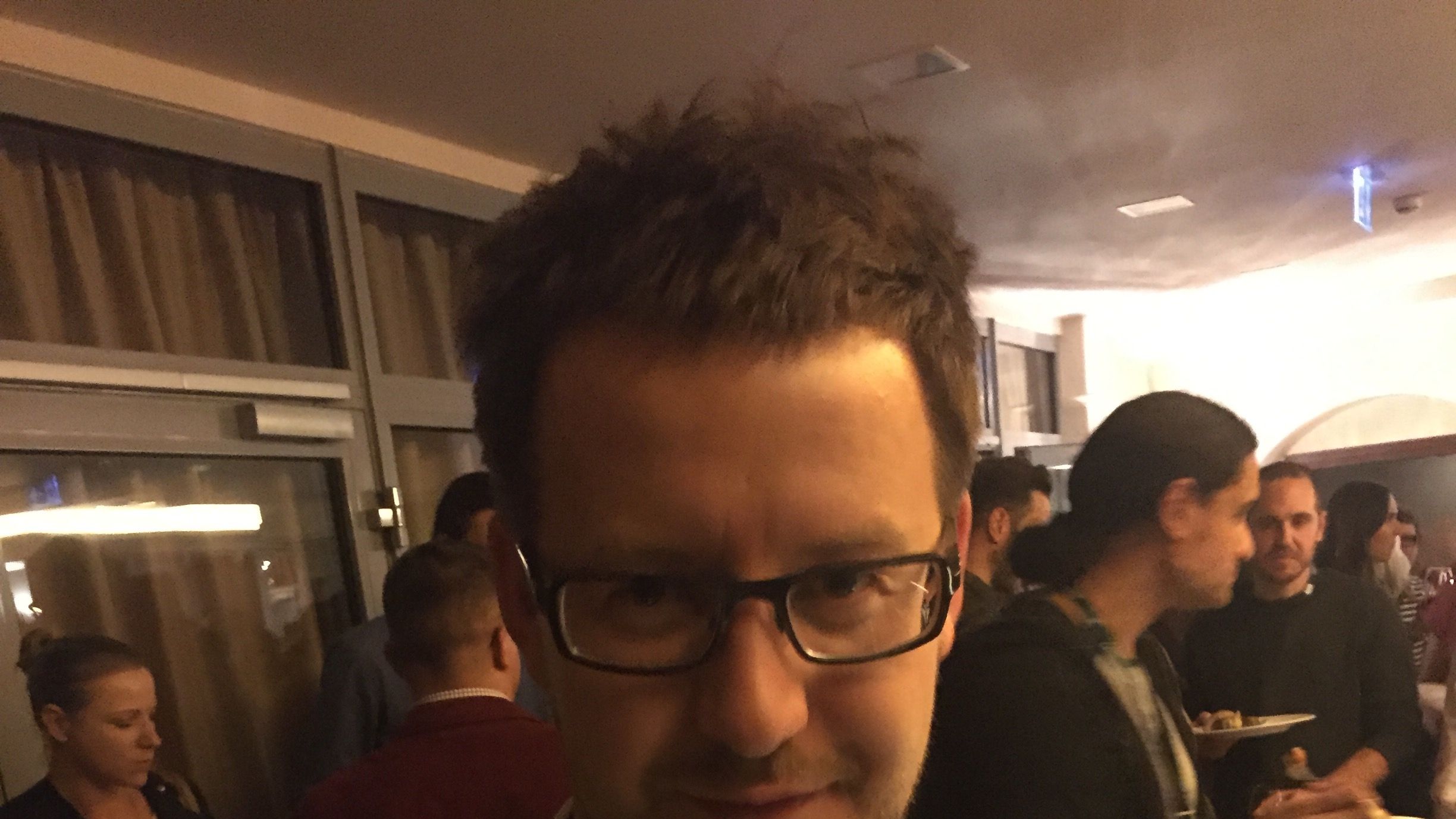
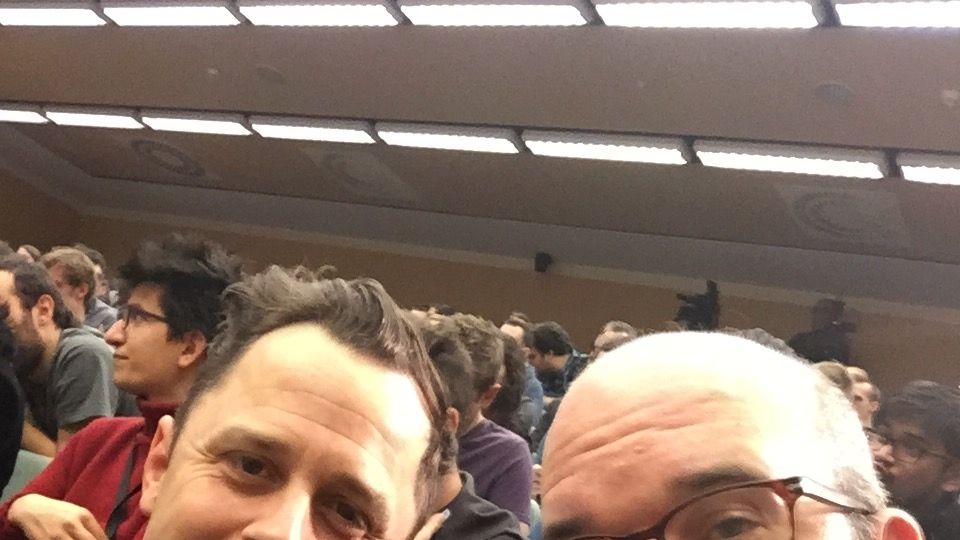
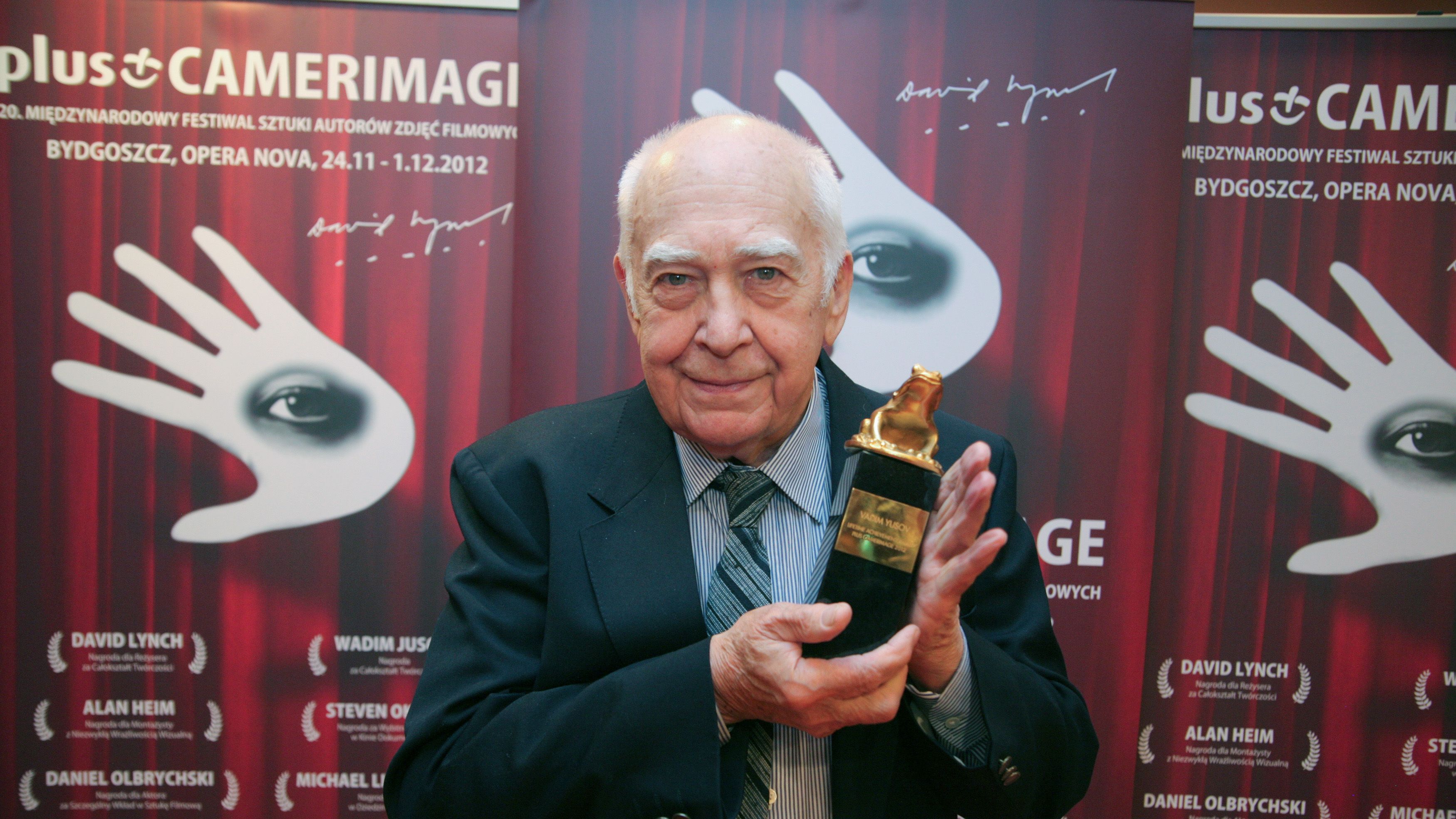
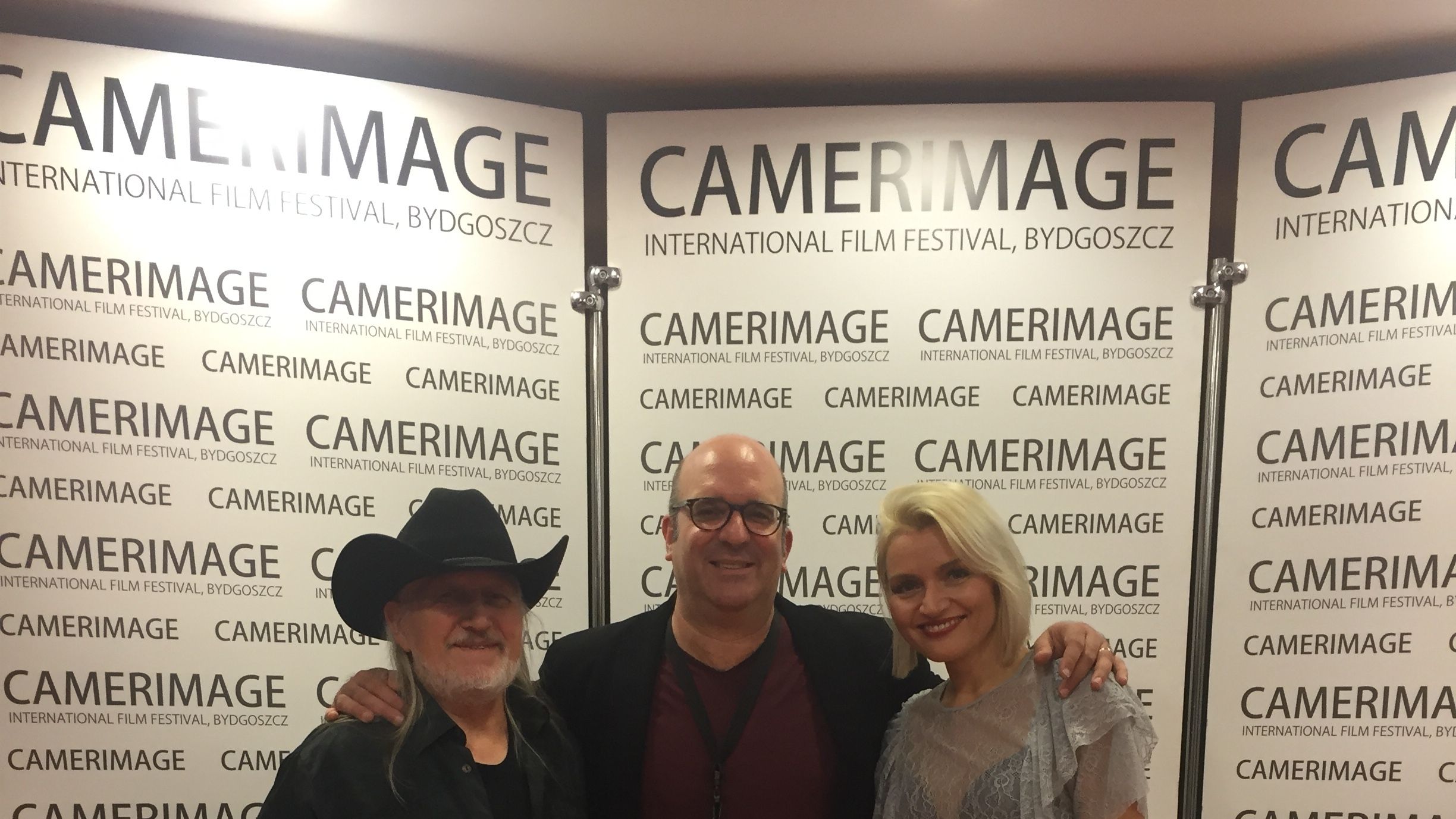


ASC Associate Members
Alexander Schwarz: I’ve attended every year since 2008, when the festival was still in Lodz. It was cold and snowy, and the city was gray, but it was the love of moving images and stories that brought all these people from all over the world together in Poland for a week in the winter to celebrate the art of cinematography and filmmaking. Camerimage connects young and old filmmakers in a way where everyone — no matter of age, experience, success, anything — talks to each other and becomes friends.
It’s hard to get to, but once you arrive, you will meet the best cinematographers, filmmakers, students and manufacturers from all around the world. You will see great films, enjoy excellent Polish food and drinks, and learn from the best in workshops. If you go once, you will be back. But plan a week of sleep and rest after the festival; during Camerimage, most everyone says, ‘Who needs sleep?’
Marek Zydowicz, Kazik Suwala and the whole Camerimage team do a fantastic job. They have created something very special in this industry.
Hugh Whittaker: Camerimage is the Mecca of cinematography. If you're in the business of cinematography, you've got to be there. It’s a hard place to get to, and the wintry weather doesn’t help, and yet people always come back with glowing memories because of friendships they've made, and what they've seen and heard at the festival. My colleagues and I have formed strong relationships with a good many cinematographers over the years, both young and old.
Camerimage is the perfect occasion for Panavision — and for our competitors — to show the tools that we've been working on. It's also great for the opportunity to help make cinematography accessible with our workshops and seminars. I remember some truly memorable ones, with John Seale [ASC, ACS], with Vilmos Zsigmond, and last year with Michael Chapman [ASC] — there wasn't a spare inch as people gathered to listen to the master.
It's difficult to put into just a few words how effective Camerimage is, but I wouldn't miss it for the world.
Franz Wieser: One thing we all like so much is the intimate environment of the festival, and that it gives everyone the chance to network and to get to know each other better.
Les Zellan: I have only been to Camerimage once so far, and that was last year, 2016. I thought the event was great — a gathering of cinematographers from all over the world, at all levels of mastery of the craft.
Robert Harvey: As a vendor, the festival’s importance is pretty clear. To be able to interact with all your potential clients both on a professional as well as a personal level is very important. To spend time with people you've respected through the years makes you glad you are part of this industry.
It’s a dream venue if you care about the art of cinematography. All these cinematographers in one place talking about their art, exchanging stories, and displaying their camaraderie for each other — it’s absolutely mind-boggling, like you’ve gone to heaven. If you love movies, and are interested in their making, and want to meet the real celebrities in the film business, then you would love this festival. But be ready for some serious teaching and learning from the pros. It is a learning experience, which overshadows the noise and the smoke and the parties.
Dana Ross: During a lunch with Bill Fraker [ASC, BSC] in the spring of 2000, he mentioned Camerimage and that it would be a good idea for me to attend. This year will be the 16th year I’ve attended.
My first impressions were that it was well organized and fairly contained, with most people staying at one hotel. You could have breakfast one morning with Billy Williams [BSC] and the next morning with Laszlo Kovacs [ASC]. It’s a magical opportunity to spend a week with an incredibly talented group of people. An important component is the access that students have to these truly great cinematographers.
The festival has grown substantially, although it still retains its inner core around the art of cinematography. They have added many categories so it’s become more diverse. I would encourage people attending to see as many films as possible. The scope of the films shown is impressive.
I am continually amazed and impressed by how Marek Zydowicz and Kazik Suwala accomplish this huge international festival annually. They do have great support staff. Another Marek who is an integral part of the success is Marek Zebrowski — perhaps one of the hardest working people at the festival, and a true gentleman.
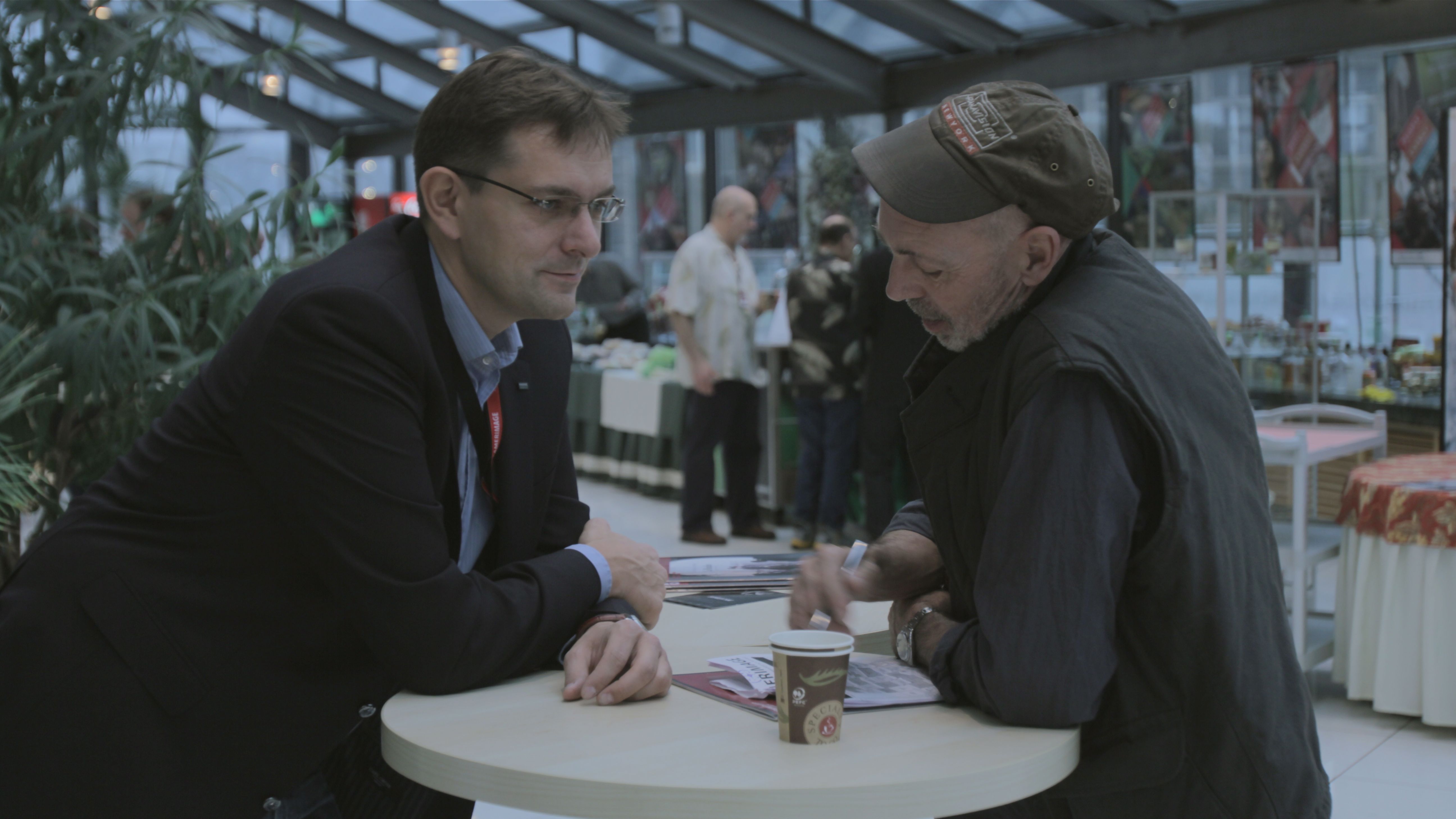
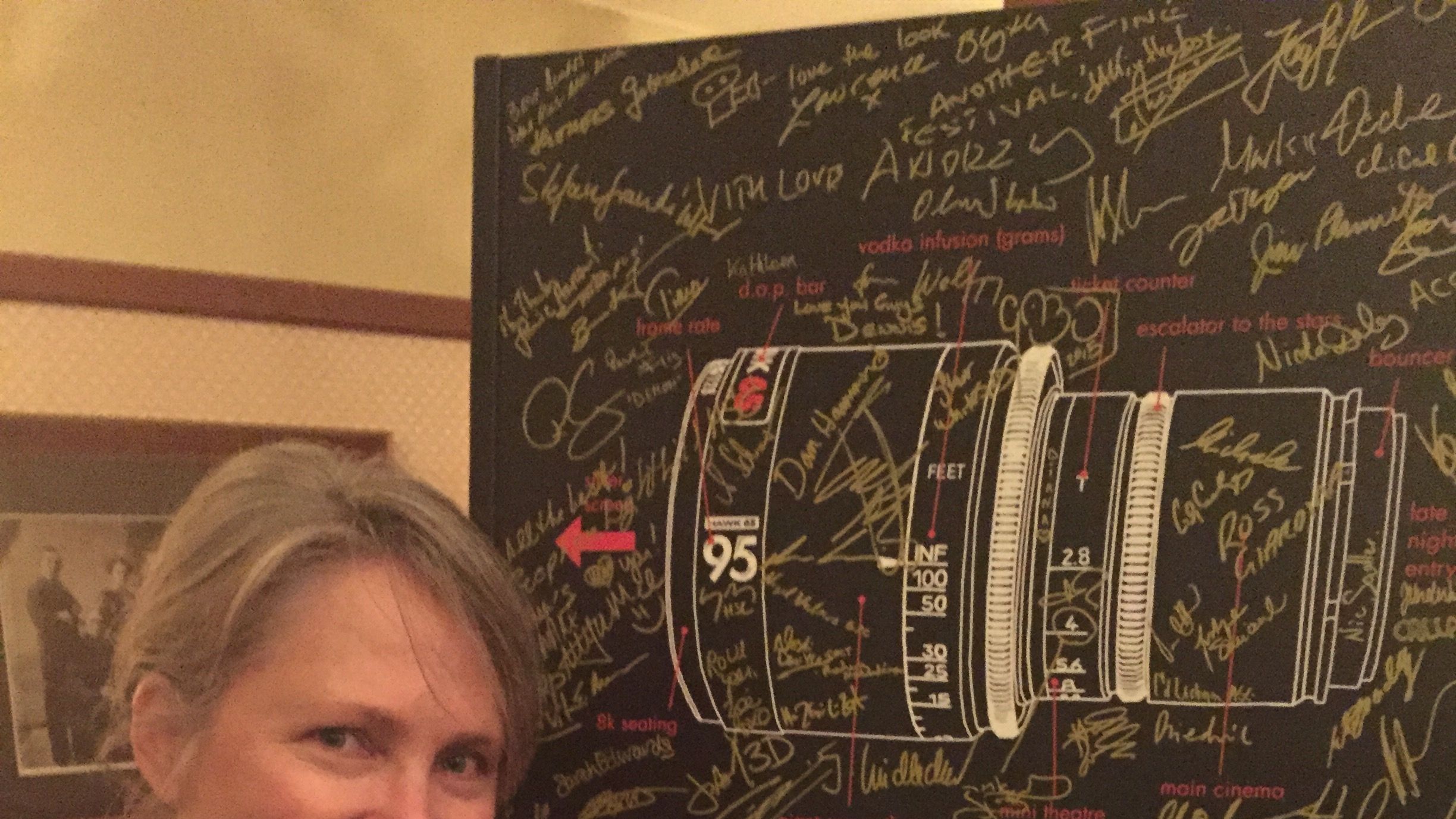
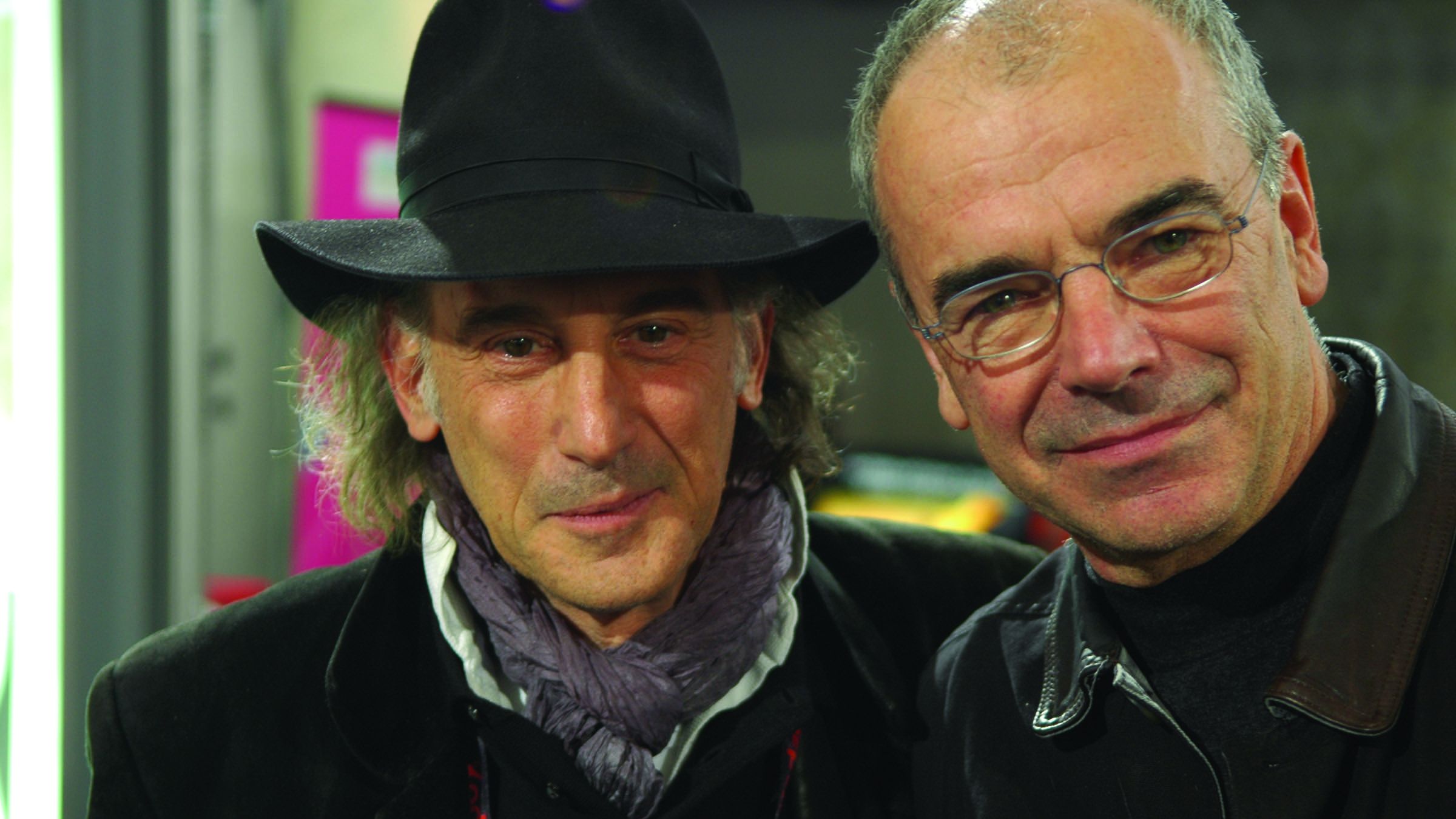
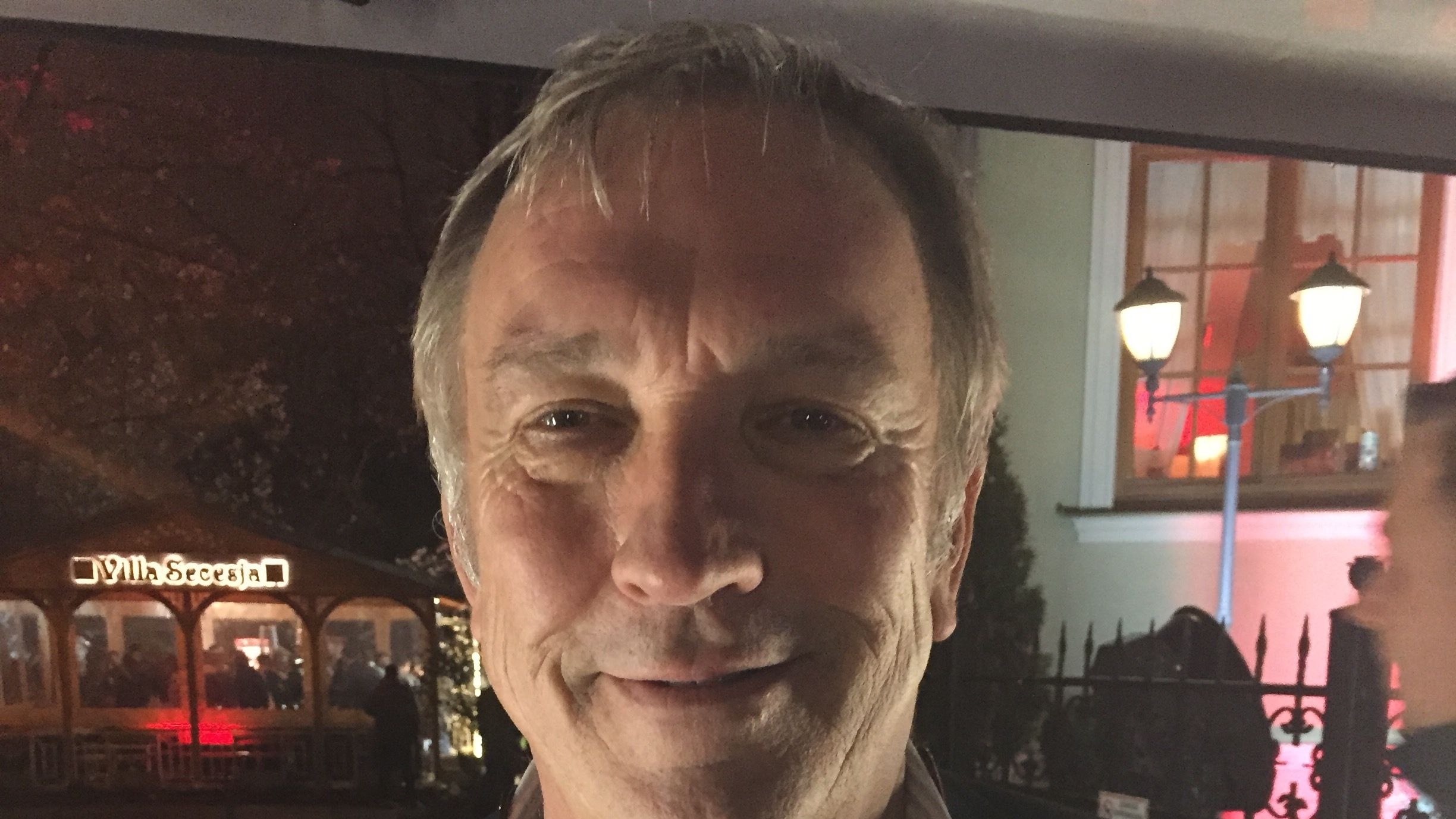
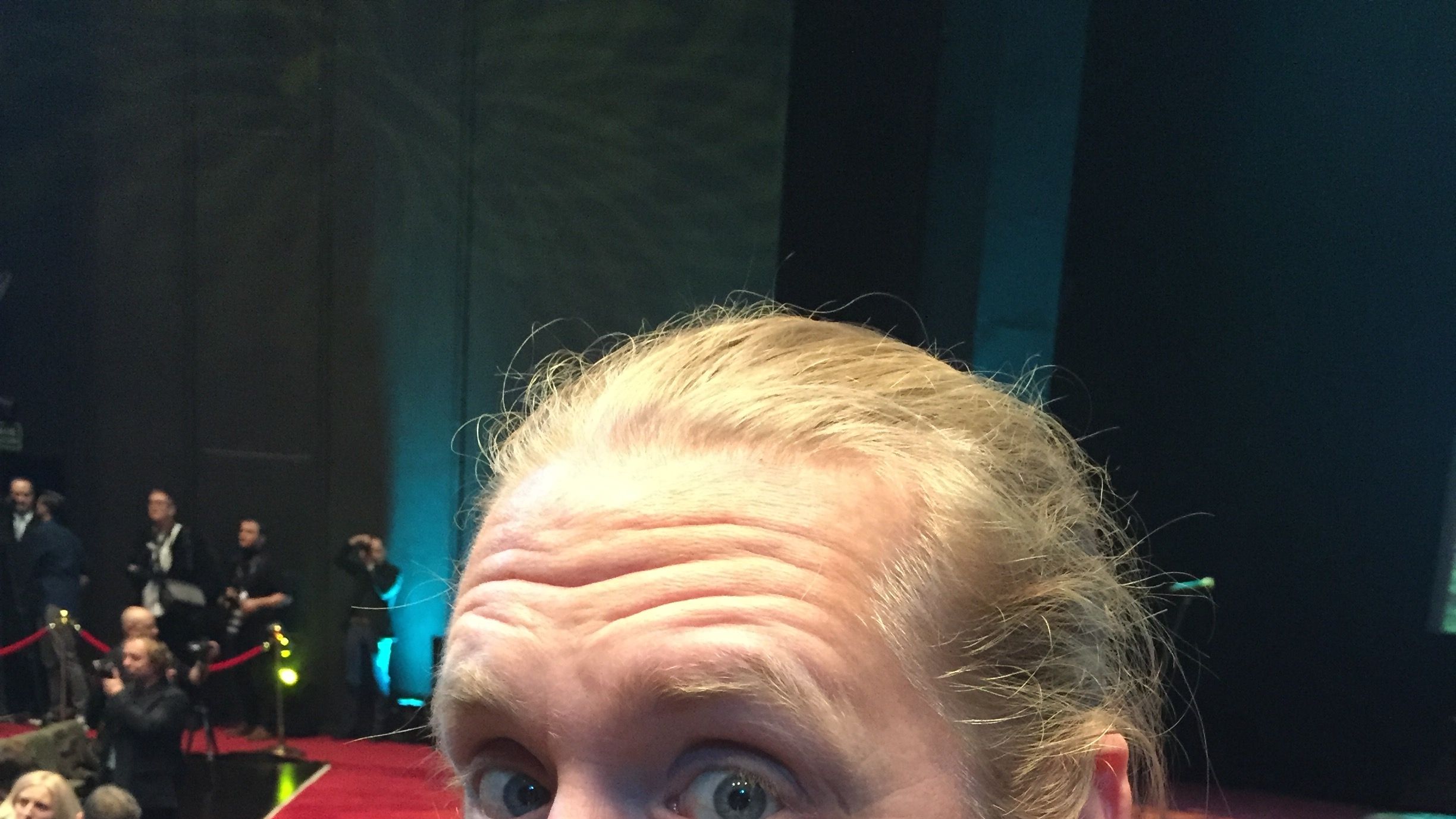
Marek Zebrowski (Camerimage festival executive): I’d met Marek [Zydowicz] in 1998, and in 2000, he said, ‘Why don’t you come and be a guest of the festival?’ It was the [festival’s] first year in Lodz [after starting in Torun, Poland]; I spent a day going to screenings and so on, and I noticed a few things that could use a little improvement. So I took Marek to the side and said, ‘You know, we could do this a little better.’ And he said, ‘Okay, go for it. You’re in charge.’ So that’s how I ended up chaperoning various friends through Lodz and things like that.
Of course, the festival has grown quite a lot. In Lodz, they had only a couple of competitions: the main competition, the student competition, and the Polish films competition. Now we have 10 different juries, 10 different competitions, and also the Panorama, which are films screened at the festival but not part of the competition. And this year we’ll have the Irish cinema review, which shines a spotlight on other interesting films. My eternal regret, though, is that because I have 10 juries to run, I rarely go to screenings. No screening can begin until I’m certain that all the jurors are in place and everything is fine; even with a bunch of assistants, that takes quite a lot of time. Once I park one jury at the main-competition film, then I have to make sure that the Polish jury is together. If somebody has been partying too hard the night before — and it occasionally happens — you have to send an assistant to the hotel to wake them up and have a car on standby, making sure that they’re in the theater in time. Multiply it by 10, and you see that my day starts very early and ends very late, after I make an appearance at the VIP parties hosted by sponsors like Arri or Zeiss or Panavision or Technicolor.
Every Camerimage has memorable moments for the public and the cinematographers and special guests, and also for us, the organizers. At one of the early festivals in Lodz, Billy Fraker was recognized with the Lifetime Achievement Award. He’d never been to Poland, so he didn’t quite know what to expect. During the opening ceremony, I was sitting right next to him, and when they announced, ‘William Fraker, Lifetime Achievement Award,’ the entire theater rose and gave him a standing ovation for about five minutes. I looked at Billy, and tears were flowing down his cheeks. I think it was the first time in his life that he was recognized for his incredible films, for his great artistry, and for his dedication to the art of making films the way he could best. And here are these people in this faraway country, in a theater filled beyond capacity, and all of those people could not stop applauding. He was honored for his work but also for his humanity; they were thanking him for being there, in Poland, with them for that festival. It was an incredible thing. Today, talking about it, I feel goosebumps. I was floored by that reaction. That’s what makes the festival unique and really valuable in this entire landscape of the film business.
In Lodz we had this communist-era theater built in 1950-something, and it had about three outlets. So for all the companies that were bringing in lighting or any other equipment, we had to run miles and miles and miles of cables. There was no air conditioning. There was no [public] elevator; there were 88 steps to negotiate, marble steps in Stalinist fashion. Owen Roizman [ASC] had to climb those steps [the year he received his Lifetime Achievement Award], and I said, ‘This is completely unacceptable — there must be a lift somewhere.’ There was a cargo lift in the back of the theater, but we couldn’t put Owen on something that trucks and huge props would be occupying simultaneously. And then I found out that there was this tiny little elevator that started right behind the box office and you could put only two people in there. It didn’t stop anywhere except the top floor, and then we would have to walk down about 15 steps, but that was much better than the 88 steps. So I asked the director of the theater for the key, and there were then several hours of telephone calls; he said, ‘Well, this is next to the box office. It’s a security concern.’ And I said, ‘Are you going to tell me that Owen Roizman and I might abscond with whatever take you have at the box office? Now come on!’
So he gave me the key, and I took a ride in the elevator to try things out, because I didn’t want Owen to experience any unforeseen circumstances. It was a creaky little thing, the size of a telephone booth, and I went up with the director, barely squeezing ourselves in there. We arrived on the third floor, and guess where this elevator ended up? In a men’s room. I kid you not. I opened the door, and I was in a loo! And now I have this fantastic choice to make. Either we drag Owen up and down 88 steps every day, or I pack him into this elevator and we emerge in the restroom. So of course I said, ‘Okay, we have to bar the public from using this. Get the cleaning staff! [Laughs.]’ And a couple of hours later, Owen and I were riding in this bloody elevator for the rest of the festival!
We had to move to Bydgoszcz when the theater [in Lodz] was finally closed for renovation. It was so old, the electrical systems and other infrastructure were so bad — I mean, there were no kitchen facilities. We had to do catering with people who were dragging containers with hot food up those 88 steps. It was absolutely impossible. So we had to move out of Lodz. Bydgoszcz is a much smaller place, but it has a beautiful theater with a modern infrastructure.
I remember the year 2010 when we moved from Lodz and we had to organize everything between August and November, once it transpired that Lodz was no longer available. I traveled to Poland in August 2010 and attended several meetings with directors and heads of various departments of the Bydgoszcz Opera Nova building. We inspected everything. And we had to check every elevator — after my experiences with Owen Roizman in Lodz I had to make sure that the lifts were working and so on and so forth. Talk to infrastructure people about wiring and internet, all of these connectivity issues. And then the logistics: We’re using actors’ green rooms and dressing rooms to hold the staff and their offices. We have to bring everything — computers, laptops, printers, bookshelves, furniture. But Bydgoszcz is more modern. It’s a charming little town, and actually a lot of cinematographers just enjoy the quiet vibe of that city along the river.
You meet so many interesting people, so many beautiful artists. And you have a chance to speak to them and interact with them on a daily basis. This is one of the only times that cinematographers can talk to each other, and that’s why it’s such a great festival, because it allows for the interchangeability of ideas, for exchanging points of view, for swapping anecdotes and experiences. There’s an Italian film critic who’s a good friend of mine; years ago he was in Bydgoszcz, and he noted that Vilmos was at that festival. He said, ‘He’s such a legendary person — do you think I could speak to him for five or 10 minutes?’ I said, ‘No problem.’ So I took Vilmos and I said, ‘Vilmos, there is someone who wants to talk to you — and there is lunch involved so you can sit down.’ And he said, ‘Oh, I’d be happy to!’ I swung by the restaurant two hours later and they were still talking.
I also think of introducing Inland Empire with David Lynch. We did a spontaneous improvisation; he played keyboard and I played on a Steinway Grand. We were on the stage, playing this spooky musical introduction, and when David gave a very discreet signal, we started sinking down into the orchestra pit, out of view, as the film’s main title started on the big screen behind us. That was a fun moment — very cinematic.
When Marek was starting this festival 25 years ago, Poland had just emerged from the communist period, and one thing that kept most Poles in touch with the world were American films. For some reason they were not banned, although there would be a delay — a film would appear a year later than it had been introduced in the West. But eventually it would be released in Poland, and people would look at American films and American filmmakers and American cinematographers, and they would get their picture of America from American films. These artists gave us their vision of America, and this is now our vision of America. During the dark days of the 1950s, Sixties, Seventies and Eighties, it was American cinema that was very important for grounding Poles in the realities of the world. That’s why I mentioned this standing ovation for Billy. It was the audience thanking him for bringing hope to them, that their lives might one day be just like those of the ordinary Americans that he portrayed.







